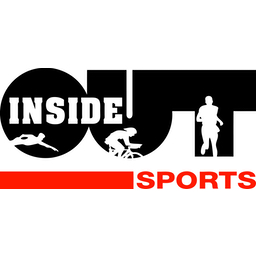Bike Service Tips
Recommended Bike Service Intervals
|
Service |
Every 2-3 Months |
Every 6 Months |
Every 8-12 Months |
Every 12-18 Months |
|
Bike Wash + New Bartape |
✓ |
|
|
|
|
Semi-Annual Service |
|
✓ |
|
|
|
Annual Service |
|
|
✓ |
|
|
Good-as-New Service |
|
|
|
✓ |
|
Part |
Recommended Replacement/Service Interval |
|
Chain Lube |
Dry Lube: Every 3-4 rides Wet Lube: Every 5-6 rides Drip Wax or Immersive Wax Lube: every 250-300 miles |
|
Chain |
2,000-3,000 miles if using a Dry or Wet lube |
|
Cassette |
If chains replaced on time, every 6,000-10,000 miles |
|
Bartape |
1-2 months during summer 3-4 months in winter |
|
Cables |
Road: every 6-12 months Tri: every 12 months |
|
Housing |
Every 12-18 months |
|
Tires |
1,000-3,000 miles |
|
Di2 Battery Charging |
1,500-3,000 miles |
|
SRAM eTap Charging |
~60 riding hours |
Tips for Tire Pressure Settings
Most mountain bike tires are rated for 18-50 psi. Road tires are usually 80-120 PSI. Gravel tires are often 30-60 psi. While they are a good starting point, those ranges are too broad and conservative for most riders. Here are some more specific recommended starting points for your tires:
- Mountain bike tires: 18-25 psi tubeless, 30-35 psi tubed
- Gravel bike tires: 25-40 psi
- Road bike tires: 90 psi
Even these tire pressure guidelines are just a starting point and are quite broad and don’t account for limitations of equipment. For example, hookless rims have a max tire pressure rating of 72.5psi (even for road), so your tire pressure should never exceed this. One of our favorite resources is the Silca Tire Pressure Calculator. It’s a great resource to play around with your gear, road conditions, riding style, etc to determine a more optimal tire pressure.
Key Considerations
- Rider weight…If you weigh more or less than average you may need to adjust tire pressure up or down 2-5 pounds of pressure.
- Terrain…on gravel you might need more air pressure if there are chunky rocks that might pinch your tire and smash your rim. Road tire pressure will not vary that much.
- Tubeless set-ups can run lower pressures because they don't rely on an inner tube. As a result, you can run lower tire pressures without fear of pinch-flatting your inner tube. You’ll get better traction and comfort with less pressure which is beneficial for mountain bike trails and gravel roads.
